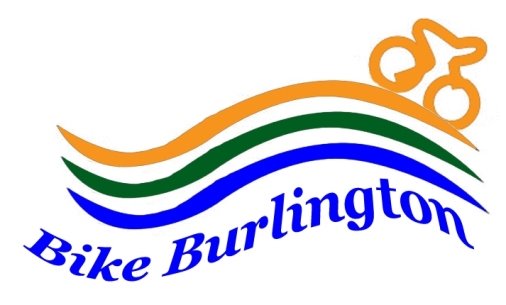 At January's Burlington Cycling Committee meeting, Mayor Goldring asked if Burlington's newly paved trails were being used by more people. I sensed he was really asking if the city made a wise investment with taxpayer dollars.
At January's Burlington Cycling Committee meeting, Mayor Goldring asked if Burlington's newly paved trails were being used by more people. I sensed he was really asking if the city made a wise investment with taxpayer dollars.Burlington does not take cyclists or pedestrian counts, so no hard data is available. However, everyone around the table intuitively felt the number of people using the trails had increased.
In London (see previous post) and now in Montreal, the hard data shows that bicycle use jumps where the city invests in paths & bike lanes!
According to an article in the Montreal Gazette, "bicycle use has increased by as much as 40 per cent since 2008 in areas of Montreal where the city has invested in bike paths or lanes." This is based on research from a study done by McGill University students.
 |
| From johnchow.com |
Montreal is not resting on its laurels. By the end of 2013, an additional ~300km will be added to the bike network.
Where there's a champion at city hall, there is a way to get cycling infrastructure done! Burlington needs those champions.















